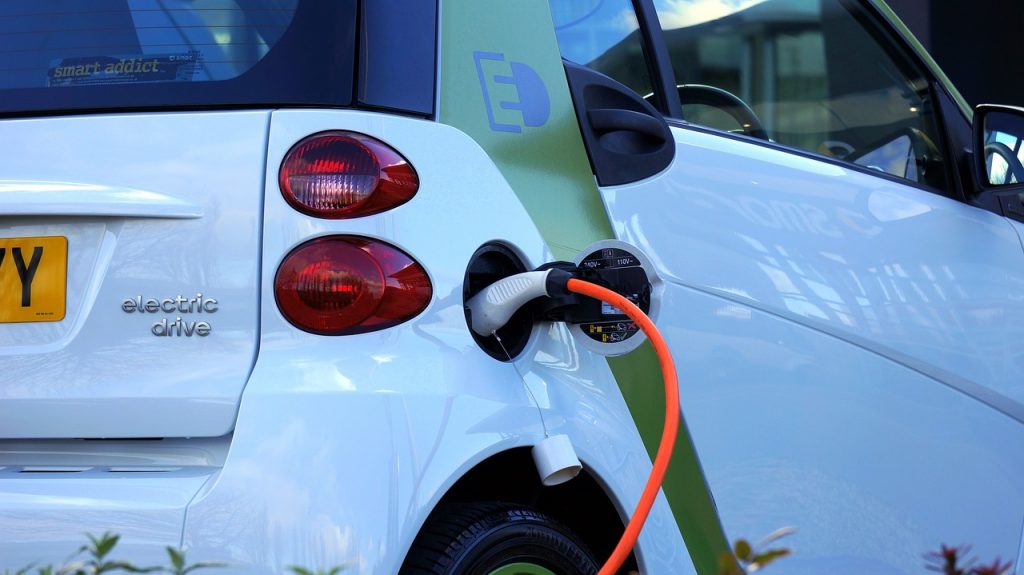There is no definitive answer to this question as it depends on a number of factors, including the distance involved, the type of terrain, and the availability of infrastructure. However, some of the most environmentally friendly forms of transport from one country to another include rail transport, water transport, and the newest form of electric cars, which is like the new mason slots casino login.

One of the most environmentally friendly ways to transport people from one country to another is by using electric vehicles. Electric vehicles are powered by electricity from batteries, and they produce zero emissions. This makes them much cleaner than traditional petrol or diesel-powered vehicles. Electric vehicles are becoming increasingly popular, and there are now a number of companies that offer electric car rental services. This means that you can rent an electric car when you’re visiting another country, and you won’t have to worry about the environmental impact of your travel. Electric vehicles are also very efficient. They can travel further on the same amount of energy as a gasoline-powered car, and they charge quickly. There are many different types of electric vehicles, including cars, buses, and trains. Some electric vehicles are even powered by renewable energy, such as solar or wind power. Using electric vehicles for transport is a great way to reduce pollution and help protect the environment.
Or a closer alternative is Hybrid Vehicles – Hybrid vehicles are another great option for those looking for an environmentally friendly form of transport. They emit fewer emissions than traditional petrol or diesel vehicles and are more fuel efficient.
Another form of environmentally friendly transport from one country to another as public transport is by train, Trains are a very efficient way to transport people and goods, and they have a much lower carbon footprint than other forms of transport such as cars or planes. Trains are much more fuel efficient than cars or planes, and they generate far less pollution.

The aviation industry is one of the fastest-growing sources of greenhouse gas emissions. Airlines currently account for about 2 percent of global emissions of carbon dioxide (CO2), the main greenhouse gas. But the growth in air travel – an estimated 4.3 percent a year – means that by 2050 planes could be responsible for up to 15 percent of the world’s CO2 emissions. The main problem is that there are no viable alternatives to jet fuel. Solar-powered and electric planes are still in the early stages of development and are not yet able to fly long distances. In the meantime, the best way to reduce the environmental impact of flying is to fly less. But with the growth in air travel, that is not likely to happen any time soon. While planes are a convenient way to travel, they are also harmful to the environment. Planes release harmful emissions into the air, which can contribute to climate change. They also use large amounts of fuel, which can lead to air pollution. In addition, planes generate noise pollution, which can be disruptive to local wildlife and communities. Planes are one of the most harmful ways to travel when it comes to the environment. They produce a large number of carbon emissions, which are a leading cause of climate change. They also use a lot of fuel, which contributes to air pollution.